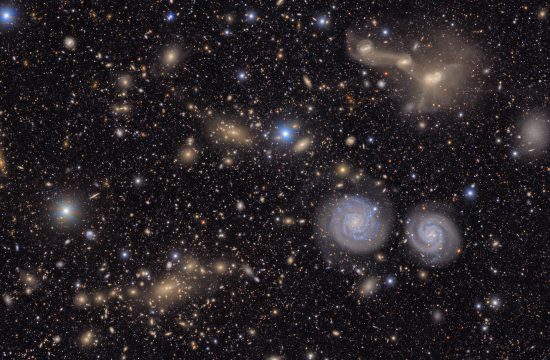
Ever-changing Universe Revealed in First Imagery From NSF–DOE Vera C. Rubin Observatory
The NSF-DOE Vera C. Rubin Observatory, a major new scientific facility jointly funded by the U.S. National Science Foundation and the U.S. Department of Energy's Office of Science, released its first imagery today at an ...

“Raindrops in the Sun’s Corona”: New Adaptive Optics Shows Stunning Details of our Star’s Atmosphere
The Sun’s corona—the outermost layer of its atmosphere, visible only during a total solar eclipse—has long intrigued scientists due to its extreme temperatures, violent eruptions, and large prominences. However, turbulence in the Earth’s atmosphere has ...
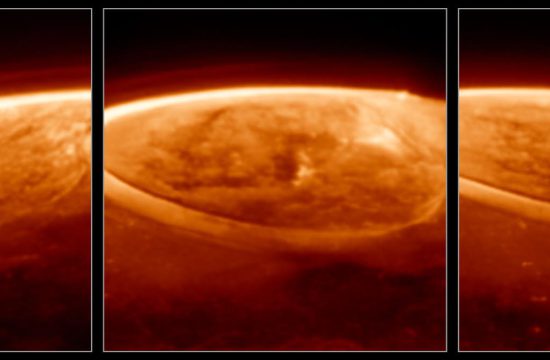
NASA’s Webb Reveals New Details, Mysteries in Jupiter’s Aurora
NASA’s James Webb Space Telescope has captured new details of the auroras on our solar system’s largest planet. The dancing lights observed on Jupiter are hundreds of times brighter than those seen on Earth. With ...
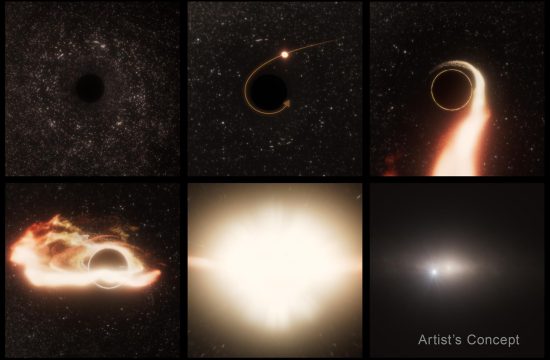
NASA’s Hubble Pinpoints Roaming Massive Black Hole
Lurking 600 million light-years away, within the inky black depths between stars, there is an invisible monster gulping down any wayward star that plummets toward it. The sneaky black hole betrayed its presence in a ...
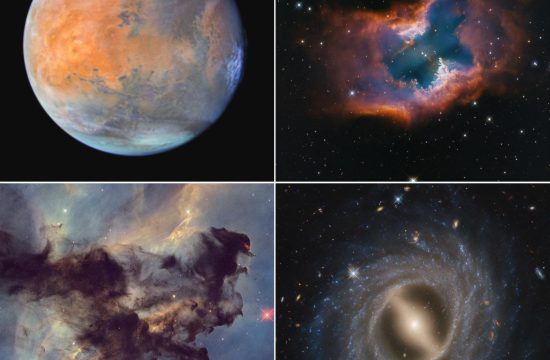
Hubble’s Window on the Universe: NASA Celebrates Hubble’s 35th Year in Orbit
In celebration of the Hubble Space Telescope’s 35 years in Earth orbit, NASA is releasing an assortment of compelling images recently taken by Hubble, stretching from the planet Mars to star-forming regions, and a neighboring galaxy ...
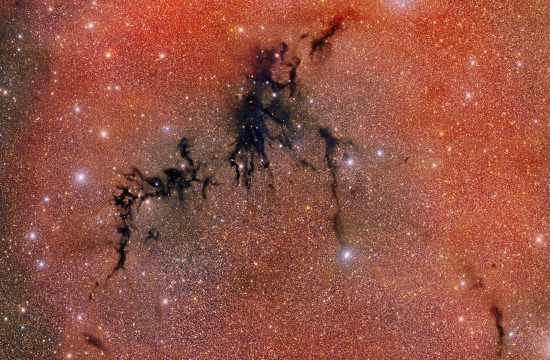
Circinus West: A Dark Nebula Harboring a Nest of Newly Formed Stars
A celestial shadow known as the Circinus West molecular cloud creeps across this image taken with the Department of Energy-fabricated 570-megapixel Dark Energy Camera (DECam) — one of the most powerful digital cameras in the ...
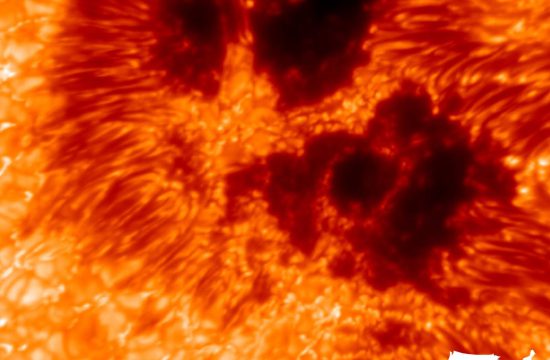
Largest Imaging Spectro-Polarimeter Achieves First Light at the NSF Daniel K. Inouye Solar Telescope
The U.S. National Science Foundation Daniel K. Inouye Solar Telescope, the world’s most powerful solar telescope, operated by the NSF National Solar Observatory (NSO) near the summit of Maui’s Haleakalā, reached a major milestone: achieving ...
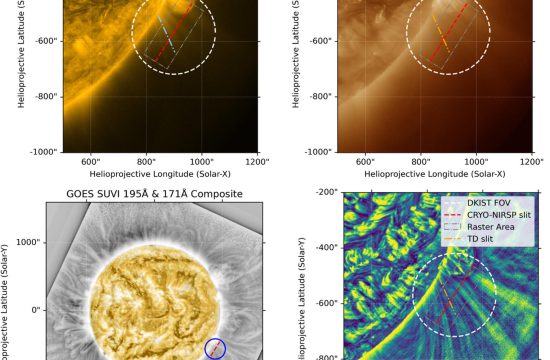
NSF’s Inouye Solar Telescope’s Cryo-NIRSP instrument offers unprecedented look at Alfvén waves
Over the last decade, scientists have confirmed the presence of a an important type of magnetized waves called Alfvén waves in the Sun’s outer atmosphere – i.e., the corona. These waves, specific to plasma environments ...
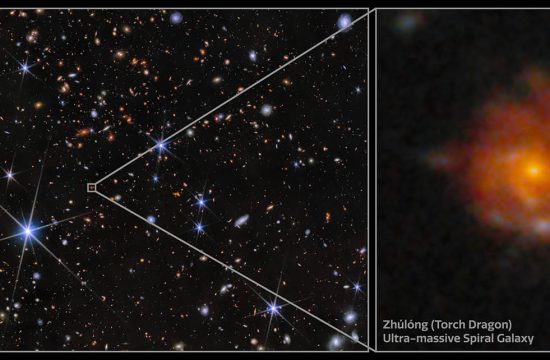
NSF NOIRLab Astronomer Discovers Oldest Known Spiral Galaxy in the Universe
An international team led by NSF NOIRLab astronomer Christina Williams has discovered the most distant spiral galaxy known to date. Named Zhúlóng, meaning ‘Torch Dragon’ in Chinese mythology, this ultra-massive system existed just one billion ...
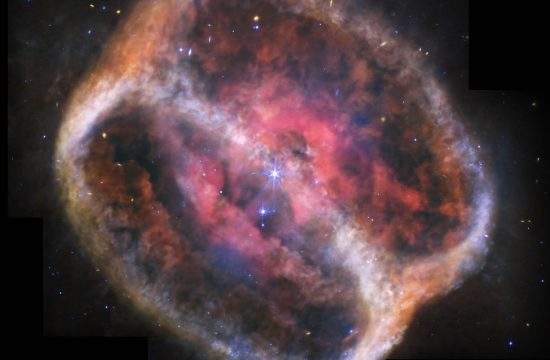
With NASA’s Webb, Dying Star’s Energetic Display Comes Into Full Focus
Gas and dust ejected by a dying star at the heart of NGC 1514 came into complete focus thanks to mid-infrared data from NASA’s James Webb Space Telescope. Its rings, which are only detected in ...
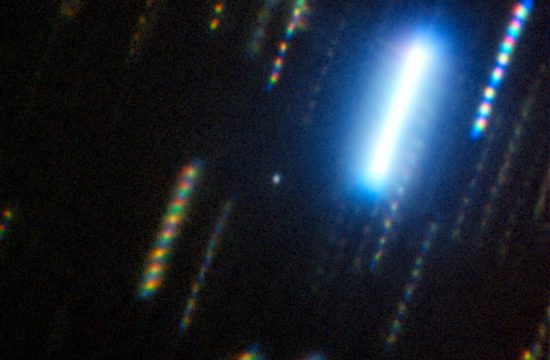
Gemini South Observes Shape and Origin of Near-Earth Asteroid 2024 YR4
Using observations from the Gemini South telescope in Chile, one half of the International Gemini Observatory, partly funded by the U.S. National Science Foundation and operated by NSF NOIRLab, astronomers have constructed a 3D representation ...
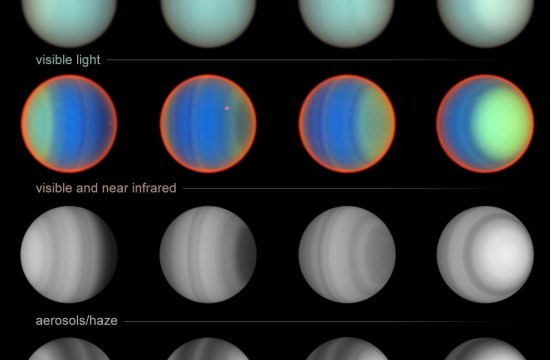
20-Year Hubble Study of Uranus Yields New Atmospheric Insights
The ice-giant planet Uranus, which travels around the Sun tipped on its side, is a weird and mysterious world. Now, in an unprecedented study spanning two decades, researchers using NASA’s Hubble Space Telescope have uncovered new insights ...
